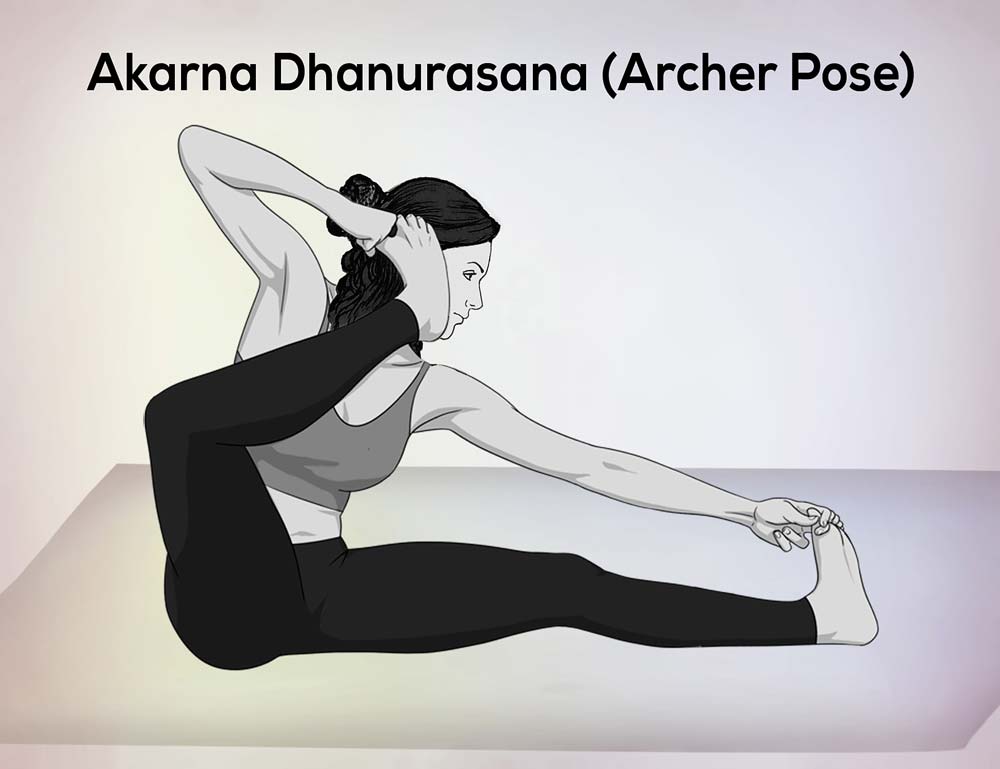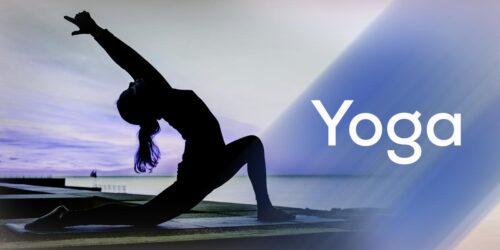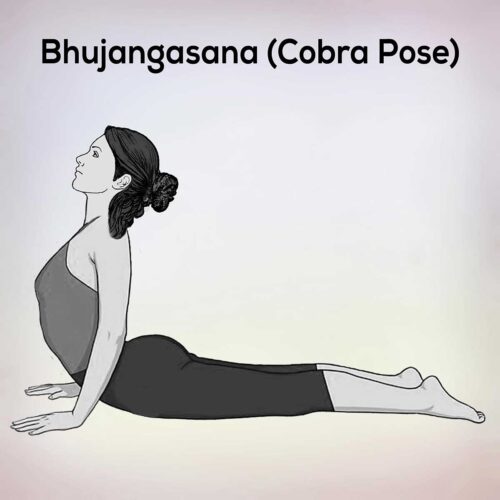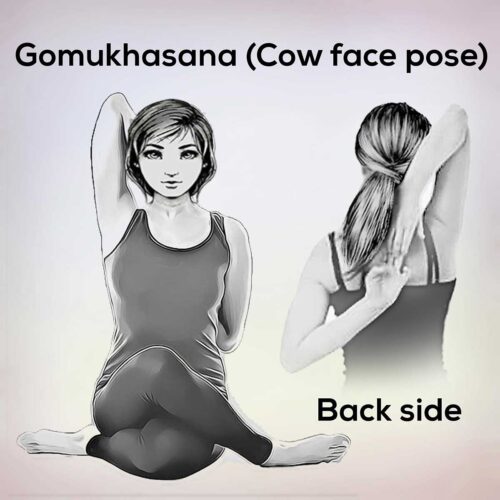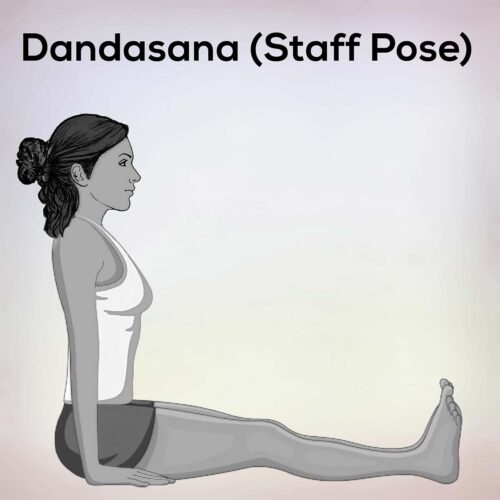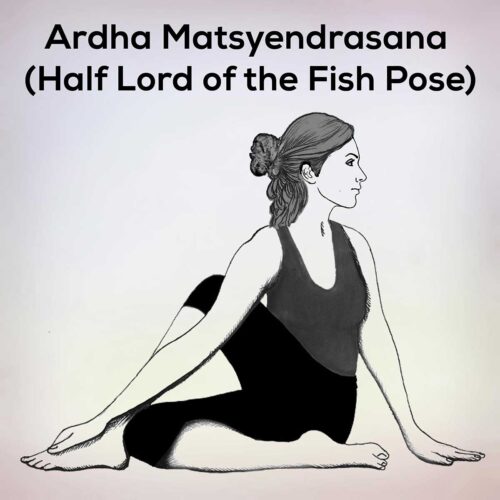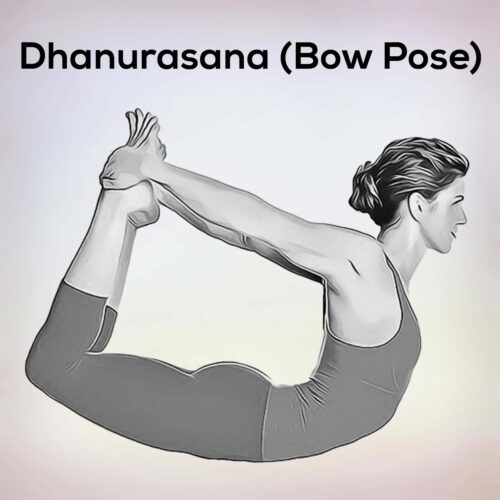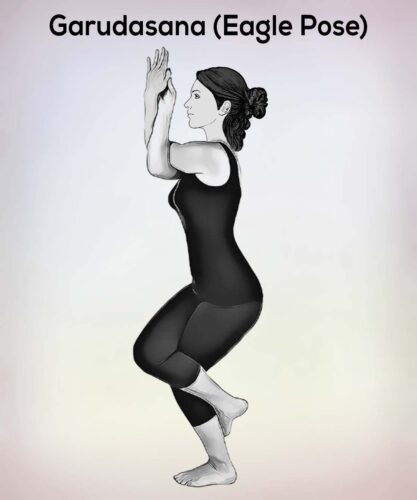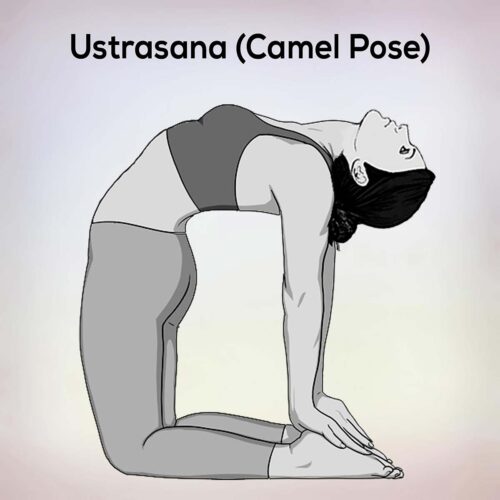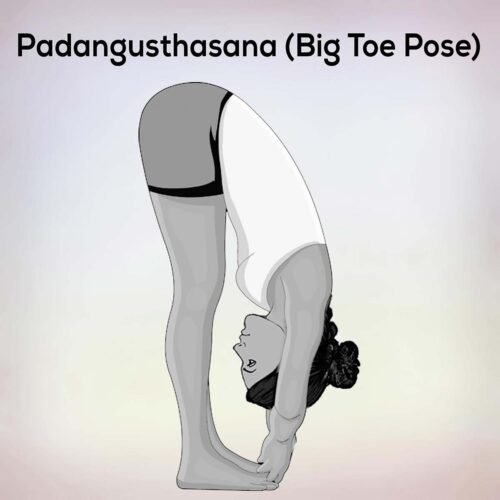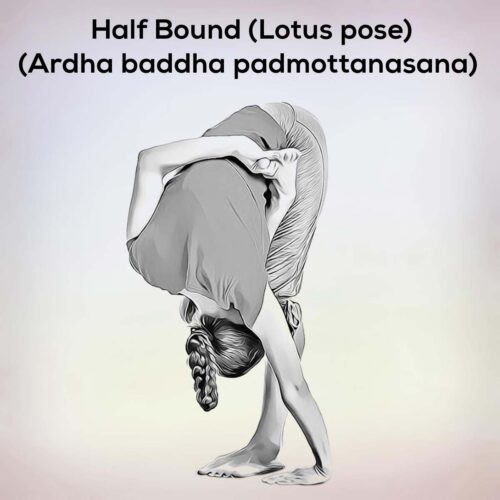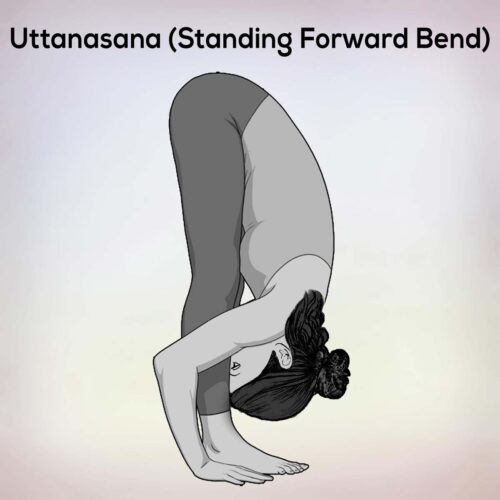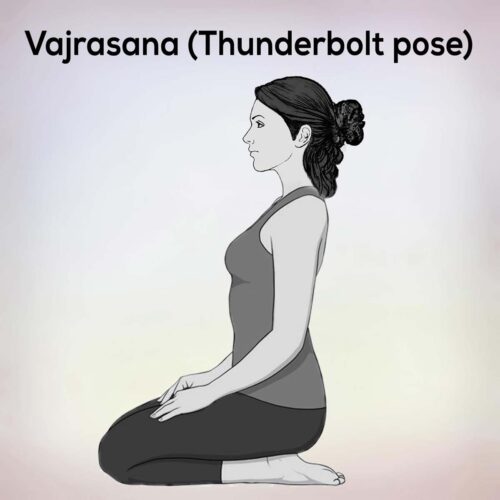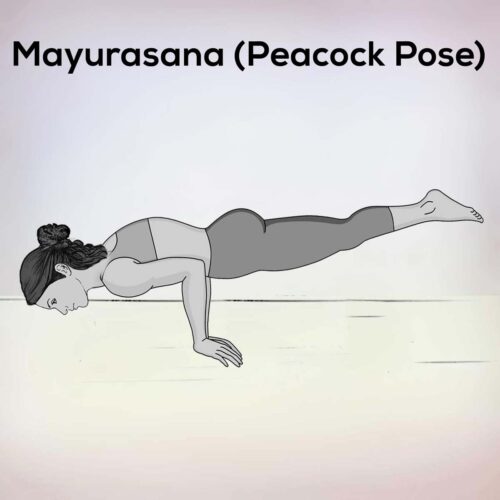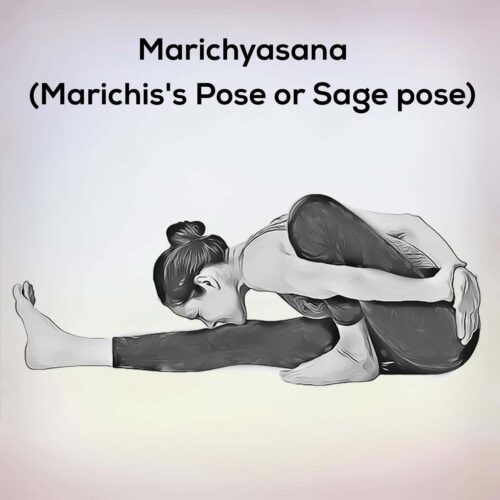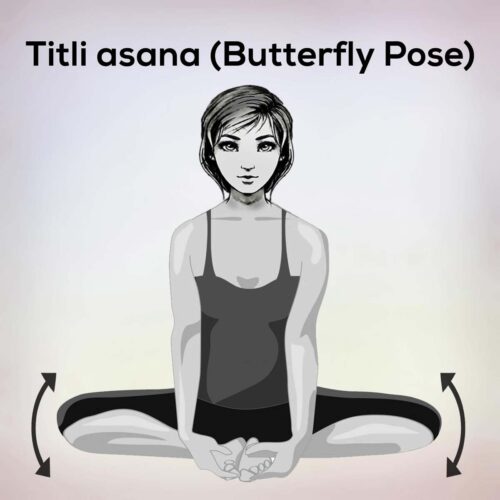Akarna Dhanurasana | Archer Pose Steps, Benefit, And Precaution
Akarna Dhanurasana, the name is derived from the Sanskrit words “Akarna”, meaning ear, and “Dhanu”, meaning bow. This asana is often practiced to increase concentration, open the hips, and improve balance. This unique yoga pose combines elements of concentration, hip opening and balance, providing a holistic practice for both body and mind. Learn the intricacies of Akarna Dhanurasana, also known as Archer Pose.
Before you do the Archer pose yoga, which is quite challenging, it’s important to get your body ready by doing some other poses first.
- Reclining Hand-to-Big-Toe Pose (Supta Padangusthasana)
- Bound Angle Pose (Baddha konasana)
- Garland Pose (Malasana)
- Boat Pose (Paripurna Navasana)
- Half Boat Pose (Ardha Navasana)
This article talks about Akarna Dhanurasana (Archer pose) which is an intermediate-level yoga pose. It explains its benefits, how to do it correctly, and precautions to take.
Let us know the steps of practicing Akarna Dhanurasana and its various benefits through this table of contents.
1)- Akarna Dhanurasana (Archer Pose) Steps
2)- Some Tip for Beginners
3)- Benefits of the Akarna Dhanurasana (Archer Pose)
4)- Precautions for Akarna Dhanurasana (Archer Pose)
Akarna Dhanurasana (Archer Pose) Steps
- Begin in Dandasana or Staff pose, sitting with a straight back and legs stretched out.
- Bend forward, holding the big toes of both feet with your hands, wrapping your thumb, index, and middle fingers around them.
- Exhale and lift your left foot, keeping the elbow and knee straight.
- Inhale deeply, then exhale as you pull the feet towards your body until the left heel reaches your left ear.
- At the same time, draw your left arm back from the shoulder, maintaining your grip on the right toe. This is Akarna Dhanurasana.
- Hold this position for 15-20 seconds while breathing normally.
- Exhale and try to pull your left leg further to extend it vertically.
- Inhale again, then exhale as you draw the leg back to the left ear and hold.
- To release the pose, slowly bring the left leg to the floor, extending both legs forward.
- Repeat the pose with the left leg.
- After completing both sides, release the hands and legs to relax.
Some Tip for Beginners
- Warm-Up Adequately: Begin your yoga practice with a thorough warm-up to prepare your body for the intensity of Akarna Dhanurasana. Focus on stretching the hips, thighs, and warming up the core muscles.
- Use Props if Needed: If reaching your foot feels challenging, don’t hesitate to use yoga props like a strap or belt. Loop it around your foot to facilitate a comfortable and secure grip.
- Engage Your Core: The core muscles play a crucial role in Akarna Dhanurasana. Engage your abdominal muscles to support your spine and maintain stability throughout the pose.
- Focus on Breathing: Pay close attention to your breath. Deep, steady breaths help you relax into the pose and enhance your overall experience. Avoid holding your breath.
- Be Patient and Persistent: Like any yoga pose, Akarna Dhanurasana requires practice. Be patient with yourself and celebrate small progress. Consistent effort will yield improvements over time.
- Listen to Your Body: Respect your body’s limitations and avoid pushing yourself too hard. If you feel pain or discomfort, ease out of the pose and make modifications as needed.
Benefits of the Akarna Dhanurasana (Archer Pose)
Akarna Dhanurasana is a powerful yoga pose that combines strength, flexibility and concentration. With consistent practice, you will not only experience physical benefits but also develop a deeper connection between your body and mind throughout your yoga journey. And other benefits are as follows…
- Hip Flexibility: The pose opens up the hips, stretches the quadriceps, and improves flexibility in the hip flexor muscles.
- Concentration: The focused gaze and balance required in Akarna Dhanurasana enhance mental concentration and mindfulness.
- Strengthens Core Muscles: The engagement of the core muscles stabilizes the spine and strengthens the abdominal muscles.
- Improves Balance: Practicing the Archer Pose challenges your balance, helping to develop stability and coordination.
- Energetic Flow: This asana promotes the flow of energy through the body, creating a sense of vitality and well-being.
Precautions for Akarna Dhanurasana (Archer Pose)
Akarna Dhanurasana, also known as Archer Pose, is a yoga asana that requires concentration, balance, and flexibility. Here are some precautions to keep in mind while practicing this pose.
- Always warm up your body before attempting Akarna Dhanurasana. Engage in some gentle stretching exercises targeting the hips, thighs, and shoulders to prepare your body for the pose.
- If you have any existing medical conditions or injuries, consult with a qualified yoga instructor or healthcare professional before attempting this pose. They can provide personalized advice based on your individual circumstances.
- Pay close attention to your body alignment during the pose. Keep your spine straight and shoulders relaxed. Avoid overarching or rounding your back, which can strain the spine.
- Maintain steady and controlled breathing throughout the pose. Avoid holding your breath, as this can increase tension in the body. Inhale deeply as you prepare for the pose, and exhale slowly as you ease into the stretch.
- Listen to your body and respect its limits. Avoid pushing yourself too far or forcing your body into uncomfortable positions. If you feel any sharp pain or discomfort, gently release the pose and take a rest.
- Utilize props such as yoga blocks or straps to support your practice. Blocks can provide stability and height, while straps can assist in reaching your foot if you’re unable to do so with your hand.
If you’re unable to reach your foot with your hand, you can modify the pose by using a strap or simply focusing on the leg positioning without holding the foot. Always choose a variation that feels comfortable and safe for your body.
Legal Disclaimer: Before participating in any exercise program or using any fitness products or services that may be described and/or made accessible in or through the Nexoye Website and/or the Services, you should consult with a physician or other healthcare provider.
